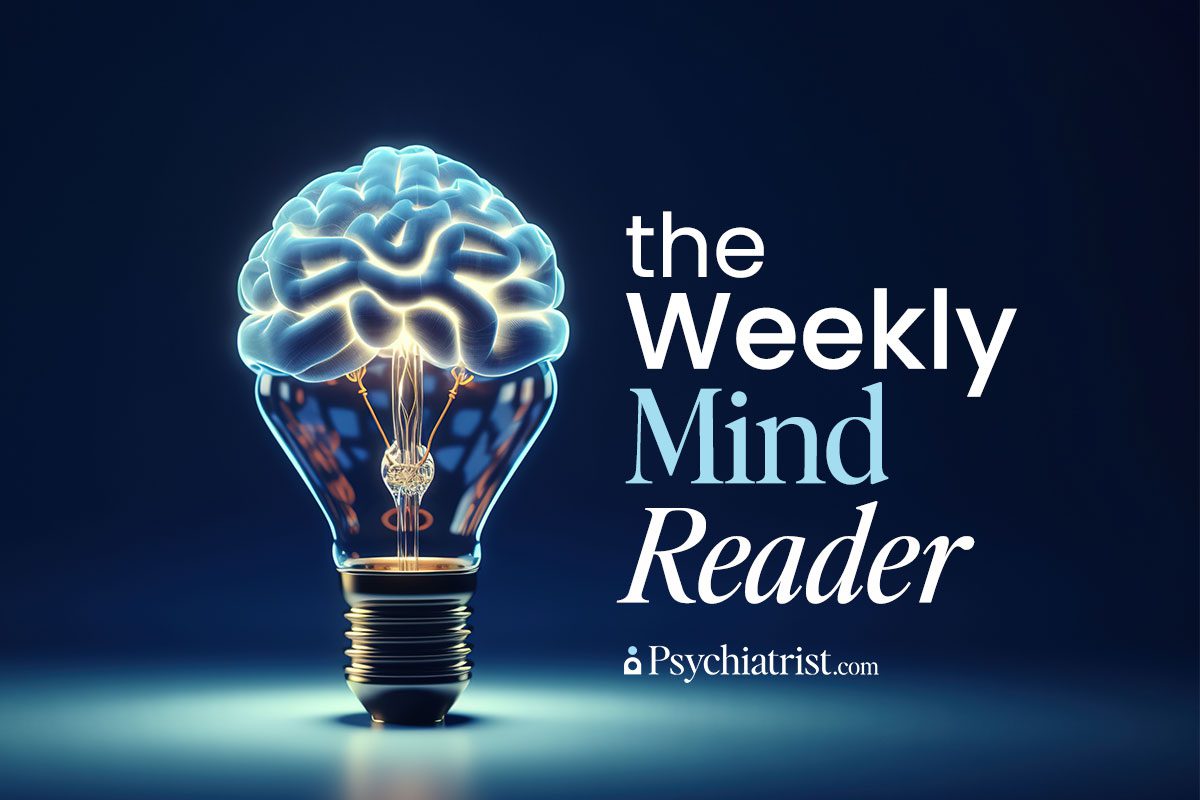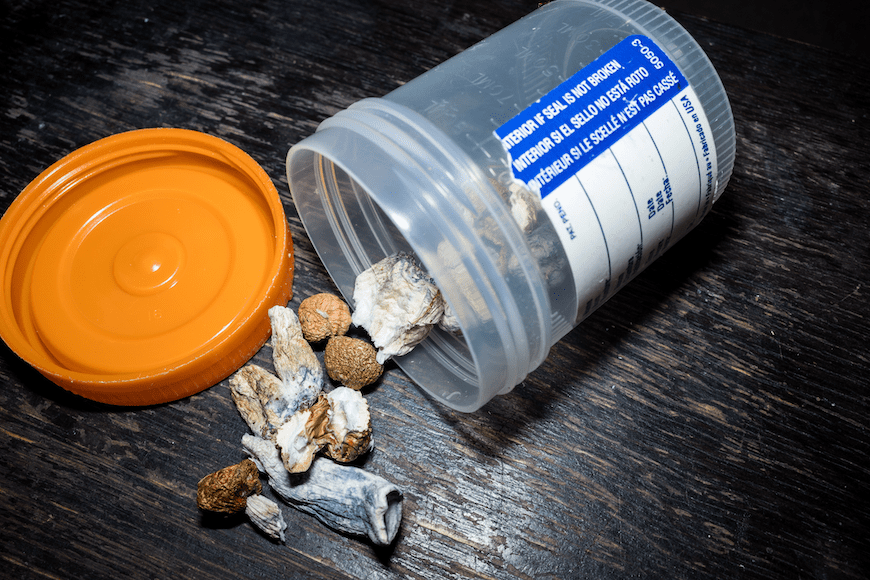Welcome to our weekly roundup of the most important news in psychiatry and CNS disorders this week. Here are the stories and studies you don’t want to miss.
Monday
More positive results for intranasal esketamine in treating depression. A new systematic review and meta-analysis published in The Journal of Clinical Psychiatry found that augmentation of antidepressants with intranasal esketamine was statistically and clinically more effective for reducing depression severity than augmentation with placebo, both at 24 hours and study endpoint. Ketamine and esketamine remain a hot area of research. A special feature looked at the rise of telepsychiatry during the pandemic and its potential fall now that COVID-era emergency waivers are expiring.
Tuesday
A Tufts University study is the first to find vitamin D’s presence in the brain and associate it with better cognitive function in aging subjects. Higher concentrations of the micronutrient in four brain regions were correlated with a 25 percent to 33 percent lower odds of developing dementia or mild cognitive impairment. This was a small investigation with several limiting factors, but it leads the way for potential new treatments in cognitive decline. Also publishing, new research on personality traits that make a person more predisposed to online pornography addiction. Agreeableness and extroversion, along with alcohol use, education level and gender, seem to contribute to a higher risk for problematic porn habits.
Wednesday
Whether a brain is developing, aging, or somewhere in between, a slew of recent studies demonstrate just how detrimental screen time can be to gray matter, according to a special report we published. The Primary Care Companion for CNS Disorders pubbed a suicide survival analysis that came to at least one surprising conclusion: female gender was not associated with a higher risk for suicide. We’ll have an interview with the study’s author next week so be sure to check back.
Thursday
Both exercise and mindfulness turned out to be a bust when it comes to improving cognition in seniors. Further, combining the two didn’t confer any cognitive advantages either, according to results from the large MEDEX trial in JAMA. Another new study confirmed the association between homelessness and psychiatric disorders yet again, showing a disproportionate burden on Black people. It’s a tragic situation that deserves further study and better solutions. Recently, New York City implemented a controversial policy to remove severely mentally people off the street, even if it is against their will. It’s too soon to tell if it will help or hurt the city’s growing homeless population.
Friday
Rounding out the week, the Parkinson’s foundation published work showing Parkinson’s disease among older adults is actually 50 percent higher than current estimates of 60,000 diagnoses annually. Findings from Alzheimer’s & Dementia: The Journal of the Alzheimer’s Association show an association between decreasing BMI in middle age with a higher risk of developing dementia in late life. This revelation could lead to an simple indicator for dementia many years before it is diagnosed.
Looking Ahead
It’s hard to be a woman with schizophrenia. A new video intervention might help fight the stigma.



